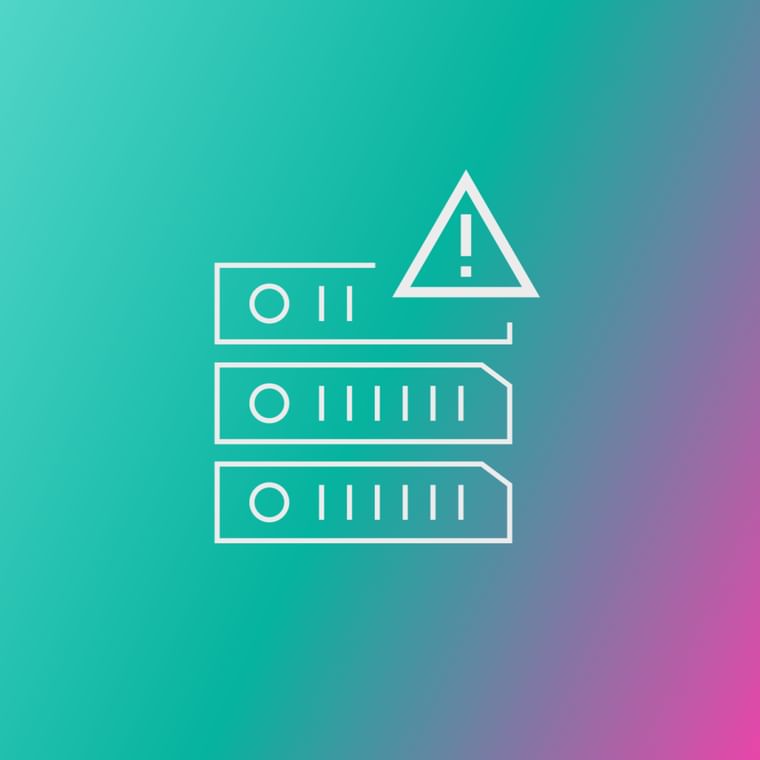Organizations should reset affected passwords within hours of detection. Speed matters because criminals often test credentials immediately after obtaining them. Implement password resets, enforce MFA on compromised accounts, and investigate potential lateral movement while documenting every response step for compliance records.
Dark Web Monitoring
Dark web monitoring continuously scans hidden internet marketplaces to detect when your organization's credentials or sensitive data appear for sale, enabling swift response before attackers exploit exposed information.
What Is Dark Web Monitoring?
Dark web monitoring continuously scans hidden internet marketplaces and forums to detect when your organization's credentials or sensitive data appear for sale or trade. This process targets the dark web, a deliberately concealed subset of the internet accessible only through specialized tools, where cybercriminals operate illicit marketplaces and invite-only forums.
Monitoring platforms deploy automated crawlers and human analysts to track mentions of your domains, email addresses, and intellectual property across these clandestine venues. When matches surface, systems issue real-time alerts that integrate with SIEM or SOAR pipelines to accelerate response times.
How Dark Web Monitoring Works
Dark web monitoring follows a systematic three-step process that transforms underground chatter into actionable intelligence. Understanding these operational mechanics reveals why this technology delivers powerful threat detection capabilities for modern enterprises.
Data Collection and Scanning
Specialized crawlers maintain anonymity while continuously scanning hidden forums, marketplaces, paste sites, and chat rooms. These systems use dynamic crawling and indexing techniques to adapt to new onion addresses as sites appear and disappear, offering coverage that surface-web tools cannot match.
Correlation and Analysis
The platform correlates every hit with known corporate domains, privileged email addresses, and other identifiers. AI enrichment attaches context, including who sells the data, what else was breached, and whether fresh credentials overlap with previous dumps, while analysts validate high-risk findings to limit false positives.
Real-Time Response Integration
Customizable workflows trigger real-time alerts to dashboards or SIEM systems. Enterprise solutions offer API integration that automatically opens tickets, forces password resets, and generates forensic reports with threat scoring, allowing security teams to prioritize incidents that matter most.
Why Dark Web Monitoring Matters for Enterprises
Exposed credentials fuel the fastest-growing threats enterprises face today. Millions of credentials are listed on underground markets each week, and once traded, phishing kits and business email compromise campaigns are launched within minutes.
Spotting your data the moment it surfaces compresses the gap between exposure and remediation, resetting passwords, enforcing multifactor authentication, and hunting for related intrusion activity while the exploitation window remains small. This intelligence enhances your broader threat-hunting program, refining anomaly detection models that prevent sophisticated attacks from spreading damage.
For enterprise security teams, this capability has evolved from an optional enhancement to a foundational layer of threat visibility, creating the early warning system that modern risk management demands.
Key Data Types Tracked on the Dark Web
Understanding which data categories require monitoring helps security teams prioritize resources and respond appropriately to different threat levels. Here are some of the top data types tracked on the dark web:
Corporate Credentials and Access Tokens
Exposed corporate email and password pairs drive account takeover attacks across your organization. API keys and access tokens pose an even greater risk, as they provide attackers with direct system access that often bypasses perimeter controls. Multi-factor authentication significantly reduces credential-based risk; however, organizations must still monitor for potential exposure.
Personal and Financial Information
Detailed personal information, such as phone numbers, Social Security numbers, and full names, is vulnerable to fuel identity theft and sophisticated phishing campaigns targeting employees and customers. Financial records, including credit card data, enable immediate fraud, while medical records command premium prices and trigger stringent compliance obligations.
Intellectual Property and Sensitive Files
Stolen intellectual property surfaces in underground forums, creating competitive disadvantage and legal exposure. Leaked documents often contain strategic information, customer lists, or proprietary processes that competitors exploit. Corporate files on underground markets indicate successful breaches and recent data exfiltration.
How To Start Monitoring Your Organization
Building a comprehensive monitoring program begins with a precise inventory of critical assets and ends with automated pipelines that surface threats in minutes. Follow this structured approach for rapid operational deployment:
Inventory Critical Assets: Document every domain, subdomain, and privileged email address that could expose your organization
Configure Monitoring Profiles: Set up monitoring for the most critical assets first to focus early alerts on material risk
Integrate Alert Routing: Configure alerts through centralized SIEM integration or SOAR workflows to merge findings with telemetry streams
Establish Response Workflows: Create a formal incident response that dictates who resets passwords, notifies stakeholders, and investigates root causes
Maintain Current Coverage: Update monitoring parameters when adding assets, launching mergers, or onboarding executives
Reduce False Positives: Retire obsolete identifiers like old domains, former employees, to minimize analyst fatigue
Dark web monitoring has become essential for modern cybersecurity, providing the early warning system organizations need to prevent credential-based attacks. By detecting exposed data before criminals weaponize it, security teams can contain threats while exploitation windows remain small.
Ready to strengthen your defenses against underground threats? Book a demo to see how Abnormal transforms dark web intelligence into protective action.
Frequently Asked Questions (FAQs)
Get the Latest Email Security Insights
Subscribe to our newsletter to receive updates on the latest attacks and new trends in the email threat landscape.
Featured Resources

Product
The Last 1% of Attacks: Rise and Fall of the SEGMay 29, 2025
/
5 min read

Artificial Intelligence
AI, People, and Policy: What We Learned from Convergence Season 4May 22, 2025
/
6 min read

Threat Intel
Legitimate Senders, Weaponized: How Abnormal Stops Email Bombing AttacksMay 19, 2025
/
6 min read

CISO Insights
Through the Looking Glass: A CISO's Take on RSAC 2025May 09, 2025
/
7 min read